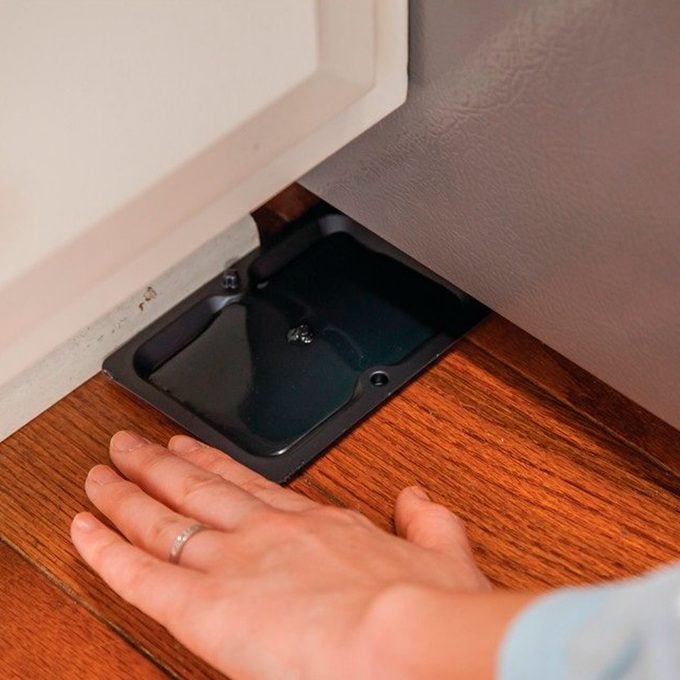Do sticky mousetraps work?
Do Sticky Mousetraps Work?

When it comes to mousetraps, the most traditional method is a snap trap, also known as spring-loaded bar traps. But that’s not your only option. Sticky mousetraps, or glue traps, are also readily available. But do they work?
When mice are baited to the sticky trap, they are immobilized by an adhesive surface. They die from hypothermia since they can’t move and maintain their body temperature. The glue trap consists of a flat piece of cardboard covered in specially designed sticky glue. The traps can be placed on floors and against walls where the rodents travel.
Sticky Mousetrap Benefits
As for the benefits of a sticky mousetrap, they do not use toxic baits, they’re simple and easy to use, are inexpensive and the mice die on the glue as opposed to wandering off and dying in an unknown location as they do with poison.
Anywhere you see mouse dropping is a prime spot to set mouse traps. And the more traps you set, the more mice you’ll catch—period.
The longer a sticky mouse trap sits around the less sticky it gets. It becomes coated in dust and will no longer be effective. In general, these traps are ineffective in locations with a lot of dust, dirt or water. They’re also less useful in extreme hot or cold temperatures.
It’s important to note that it’s not exactly humane to trap, and subsequently kill, mice. However, if you have a mouse problem, this may be far from your mind. If you prefer an alternative method, you can try live-catching mousetraps, which use food baits to attract mice, with a metal door snapping closed to capture the creature. You will then need to release the mouse back into the wild. You can also try the use of deterrents like peppermint and used kitty litter.
Regardless of your method, pinpointing where the mice are getting in to your home is of the utmost importance.



















